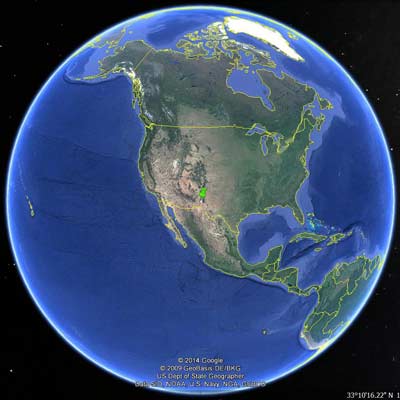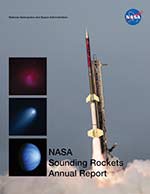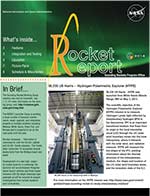
36.373 UG FRANCE/UNIVERSITY OF COLORADO
Suborbital Imaging Spectrograph for Transition region Irradiance from Nearby Exoplanet host stars (SISTINE)
- Mission
- Vehicle
- Launch
- Photos
SISTINE is designed to enable studies of the ultraviolet radiation environment around low-mass stars and the effects of that UV on potential exoplanet atmospheres.The target for SISTINE-2 was the Procyon A+B binary star system composed of a late main sequence F-type star and a cool white dwarf companion. The primary target was Procyon A, with Procyon B as a secondary target. Procyon A is a good candidate for characterization of a low-to-intermediate mass star for which there are no models that accurately predict the FUV spectral energy distribution (SED).
This was a reflight of 36.346 flown in 2019.
More on this mission: https://www.nasa.gov/feature/goddard/2021/to-find-life-on-other-planets-nasa-rocket-team-looks-to-the-stars/
The Principal Investigator was Dr. Kevin France/University of Colorado Boulder.
The Black Brant 9 is a two stage sounding rocket with a Terrier first stage and Black Brant second stage. The Black Brant 9 can reach altitudes of about 600 km. Payloads weighing from 400 to 1200 pounds can be flown.

The SISTINE mission was aunched on November 8, 2021 from White Sands Missile Range, NM.
- Photos currently not available.


